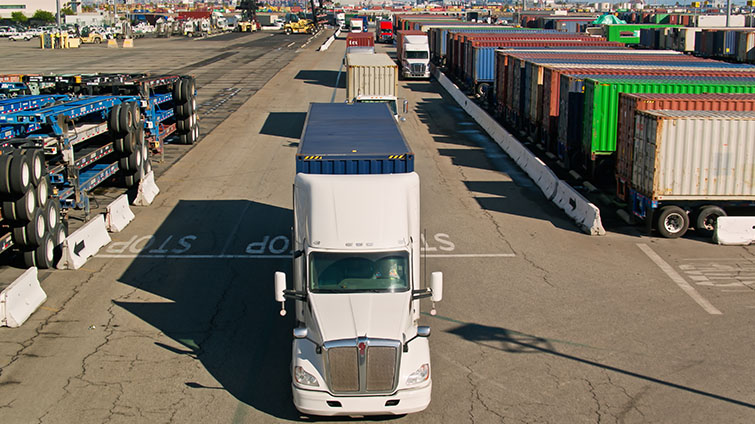Canadian Pacific and Kansas City Southern merger introduced several transitional challenges

North America
West Coast
In May 2025, the Port of Los Angeles handled 752,893 TEUs and the Port of Long Beach processed 695,937 TEUs, marking year over year (y/y) declines of 3% and 8%, respectively. Toward the end of the month, volumes dropped sharply, nearly 40% lower compared to earlier weeks.
Dwell times remain elevated, with the Port of Los Angeles reporting 3.4 days for local imports and 4.3 days for on-dock rail, while Long Beach’s local import dwell ranges between four and eight days. IPI cargo made up about 35% of total vessel volume, slightly above average, contributing an estimated 5,000 TEUs per week to L.A.’s rail yard and 10,000 TEUs combined across both ports.
Looking ahead, expect volume to rise month-over-month in early June, but remain lower than this time last year.
New York
Facing a surplus of empty containers, New York port terminals are restricting returns and limiting some export bookings to free up vessel space and improve flow. Ongoing blank sailings have hindered carriers’ ability to reposition equipment efficiently. With limited vessel calls and mounting backlogues, this imbalance is expected to persist in the weeks ahead.
Central/Ohio Valley
The merger of Canadian Pacific (CP) and Kansas City Southern (KCS) into Kansas City Canadian Pacific (CPKC), completed on 3 May, 2025, introduced a number of transitional challenges for the rail system.
Shippers should be aware that discrepancies in last-free-day postings have affected demand planning and resolution of refunds for demurrage charges.
Operational delays have also affected drayage carriers, with some drivers experiencing extended wait times or being turned away due to system-related issues. Feedback from the field indicates that the CP Fastpass app, required for terminal access, has encountered reliability issues and some driver information uploads were not processed correctly, resulting in manual gate entries.
These challenges are not uncommon in large-scale mergers and CPKC indicates time is needed for the system to stabilise.